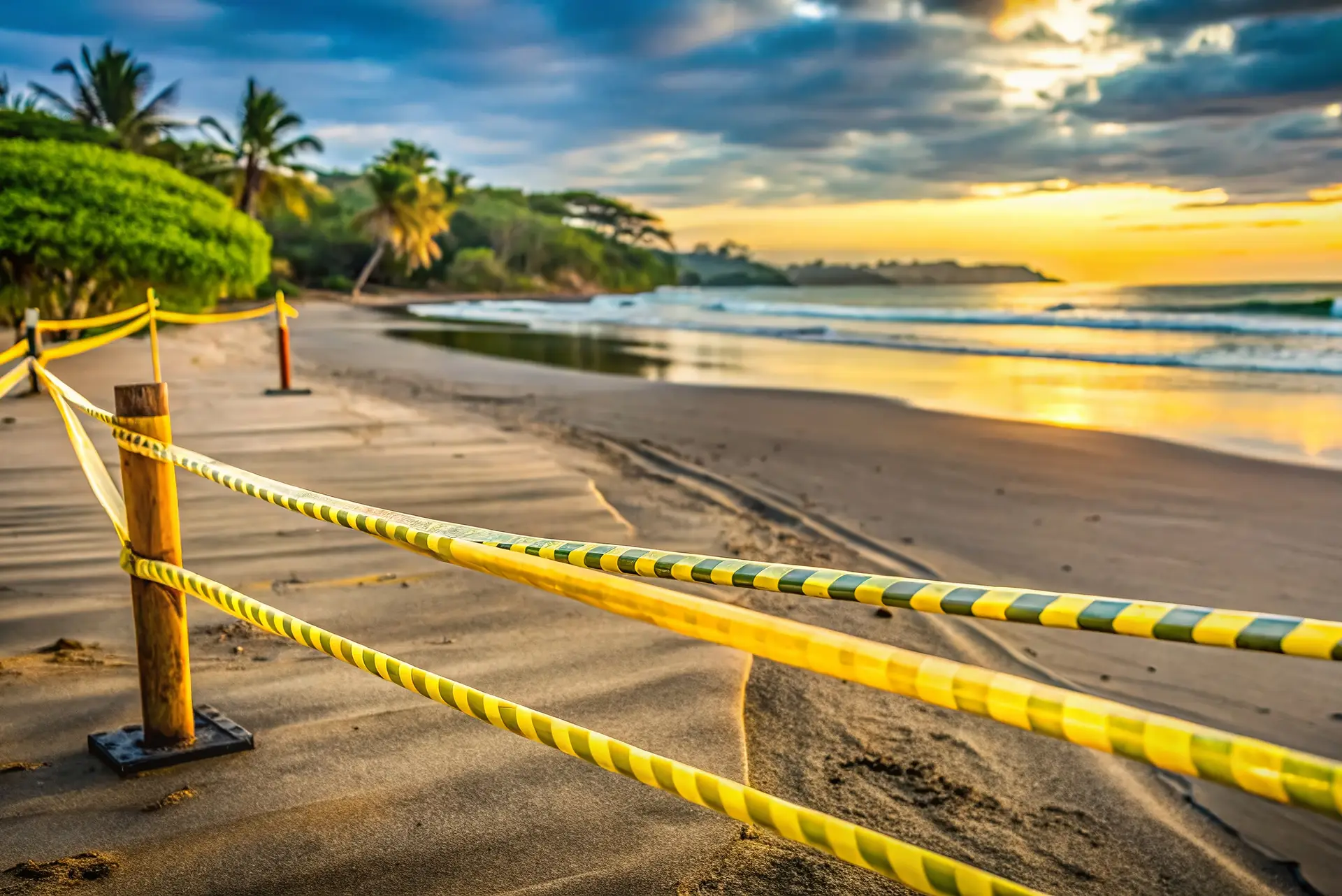Planning a trip? Don’t skip this step. Before you book that flight or pack your bags, it’s smart (and solo-savvy) to check for travel advisories issued by the U.S. government. It’s not the most glamorous part of travel prep, but it is one of the most important, especially if you’re heading somewhere unfamiliar or going solo.
Here’s a simple guide to what U.S. travel advisories are, how to read them, and what to do if your dream destination is on a warning list.
What Are U.S. Travel Advisories?
Travel advisories are public safety notices issued by the U.S. Department of State. They offer guidance on how safe it is to travel to another country and they get updated regularly based on everything from political unrest and crime to health concerns and natural disasters.
There are four advisory levels, and each one gives you a quick snapshot of how cautious you should be:
- Level 1: Exercise Normal Precautions
This is your green light. It means the country is considered as safe as travel gets. - Level 2: Exercise Increased Caution
Still okay to go—but be extra aware of risks like petty crime, protests, or weather threats. - Level 3: Reconsider Travel
Time to pause and think. Conditions are risky—whether due to civil unrest, terrorism, or lack of medical services. Not ideal for solo travel unless absolutely necessary. - Level 4: Do Not Travel
This is the red zone. The U.S. government advises against all travel here. If you’re already in the country, you might be on your own if things go sideways.
How to Check Travel Advisories (In 60 Seconds)
- Go to http://travel.state.gov
This is the official hub from the U.S. Department of State. - Click “Travel Advisories” or just type in your destination in the search bar.
- Skim the advisory level + the summary
You’ll see the level, the key risks, and often a link to the local U.S. embassy site with more info.
Pro Tip: Bookmark this site if you travel frequently or are planning multiple trips.
What Should You Do If Your Destination Is Level 2 or 3?
Don’t panic. Level 2 advisories are common and usually just call for street smarts (especially in big cities). For Level 3:
- Read why it’s at Level 3, sometimes it’s a specific region, not the whole country.
- Check if your travel insurance covers cancellations due to advisories.
- Have a backup plan or alternate destination just in case.
- If you go, enroll in the free STEP program.
What’s the STEP Program?
The Smart Traveler Enrollment Program (STEP) is a free service from the U.S. government. You register your trip, and in return:
- You’ll get alerts if things change (protests, natural disasters, etc.).
- The local U.S. embassy can reach you faster in an emergency.
- It’s like having a safety net, especially helpful for solo travelers.
Sign up here: https://step.state.gov
Bonus Travel-Smart Tips
- Check local news and forums like Reddit or Facebook travel groups to get real-time vibes.
- Follow local U.S. embassy or consulate social accounts for updates.
- Use Google Alerts for your destination if you’re staying a while or want breaking news.
Final Word: Stay Aware, Not Afraid
Travel advisories aren’t there to scare you—they’re there to inform you. Most solo travelers will never run into issues, especially if you stay informed, flexible, and aware. The goal isn’t to cancel your trip—it’s to prep smart and travel with confidence. Because when you know what to expect, you’re more likely to have the kind of trip that leaves you feeling empowered—not panicked.





